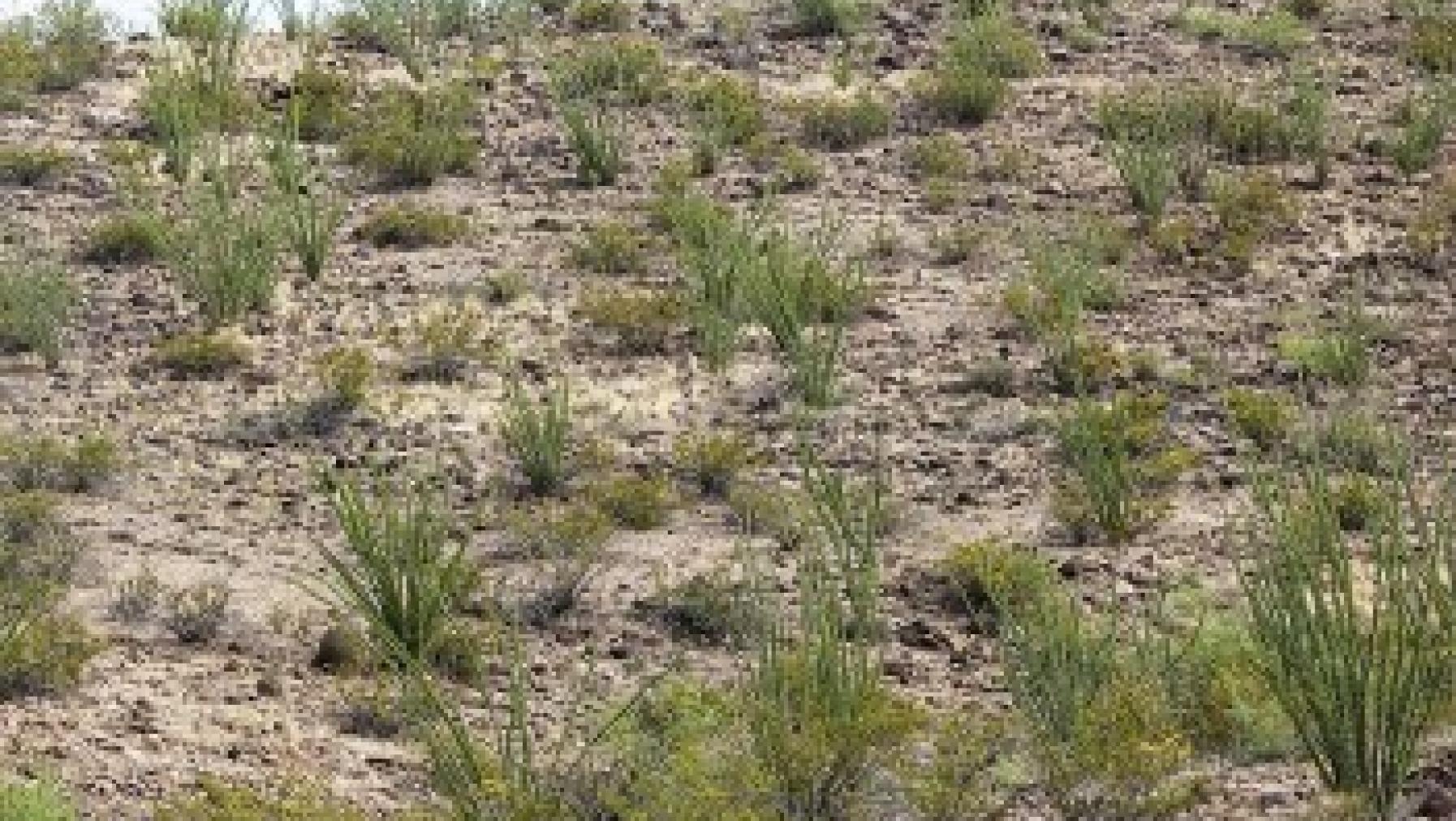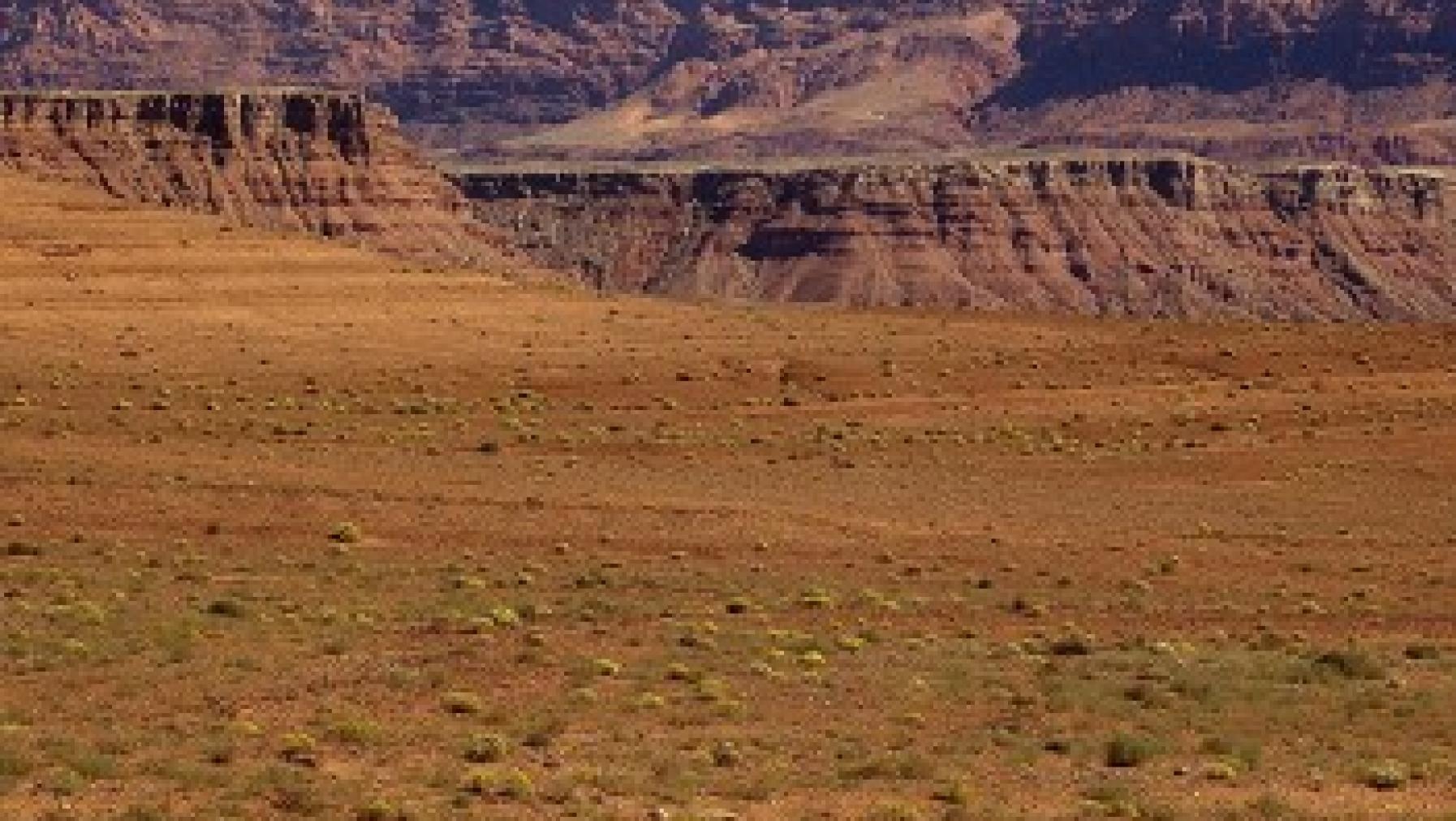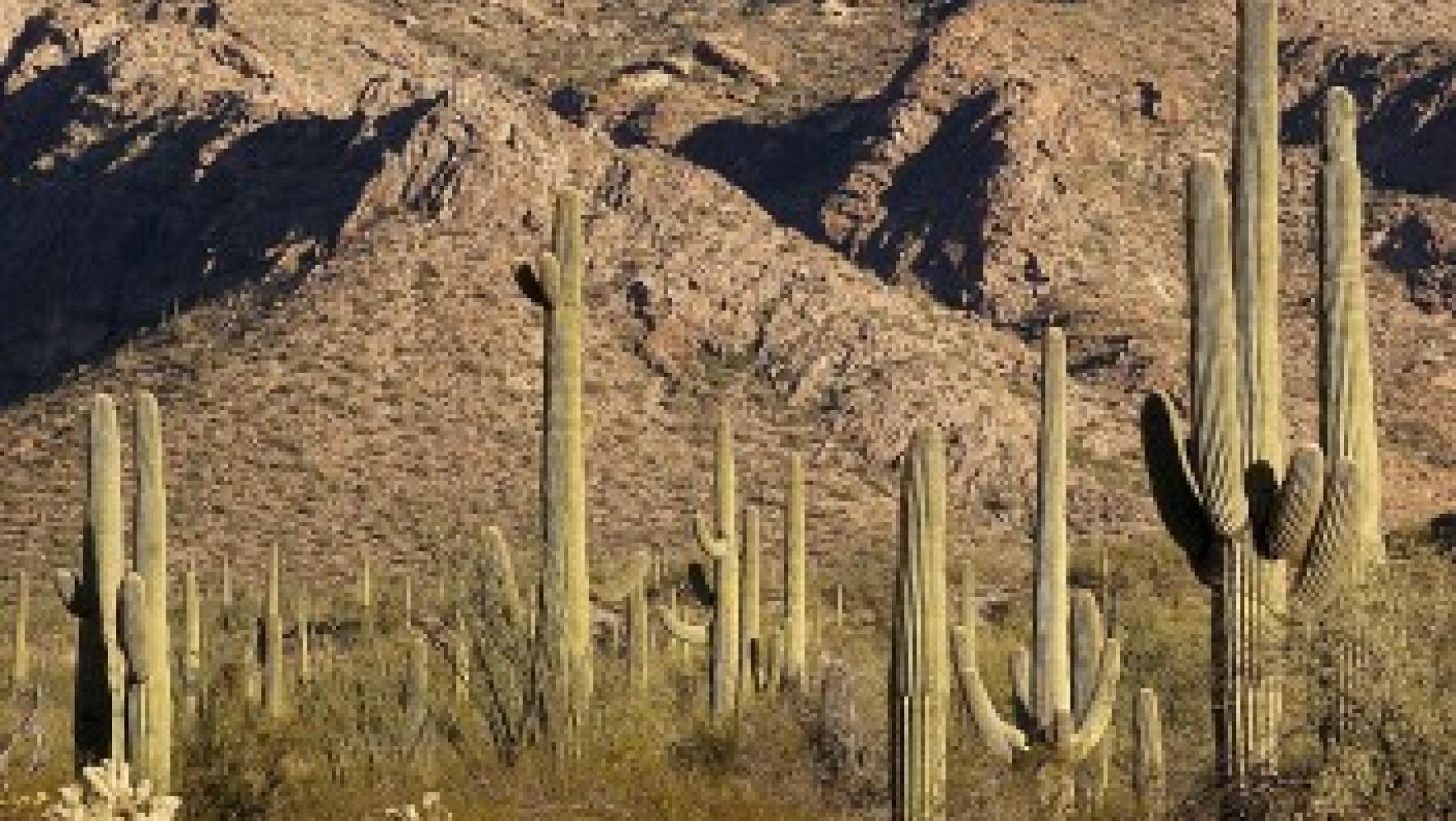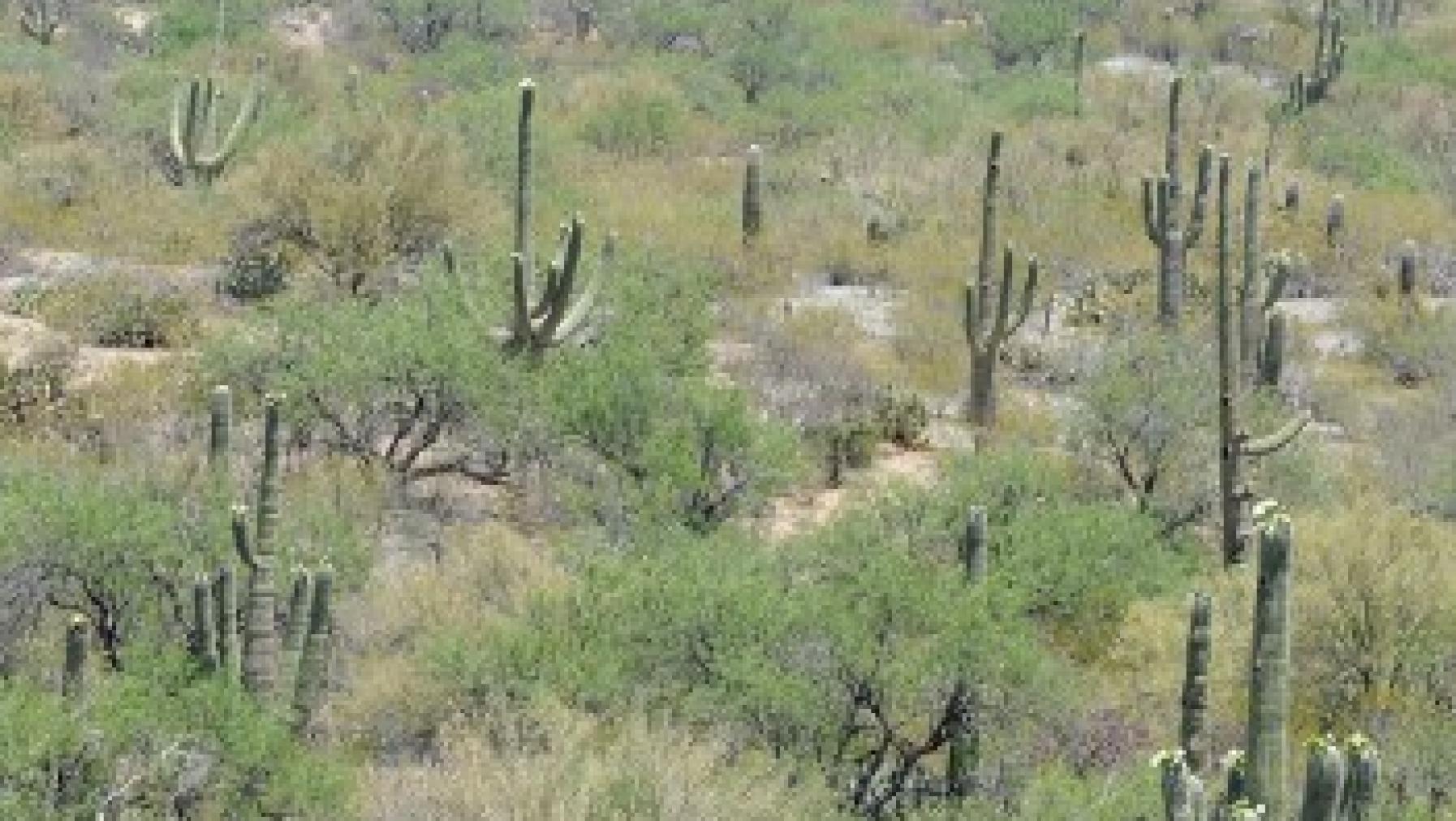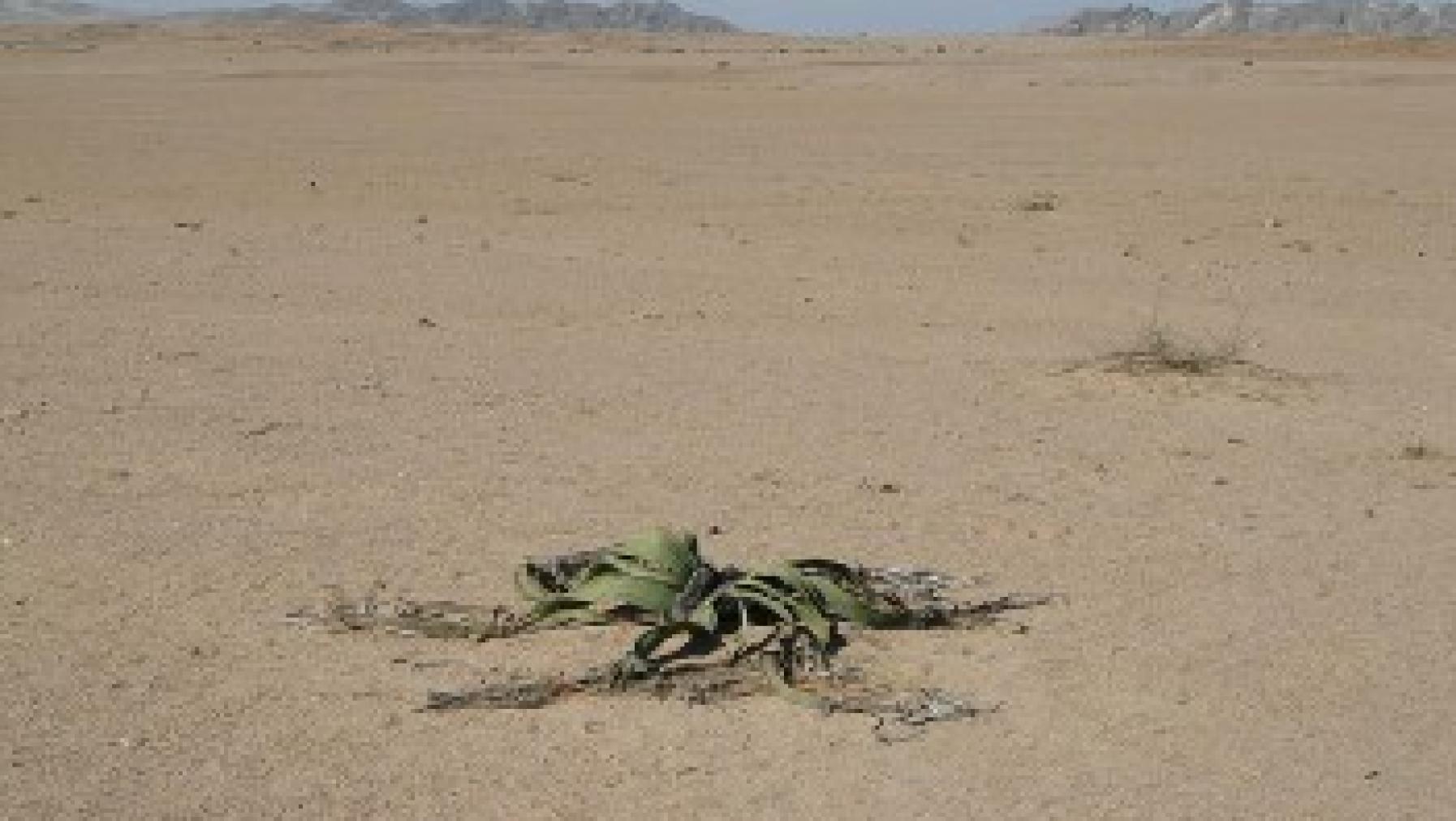Climate
Temperatures are generally high, including the earth's extremes, but it may be cold at night (daily temperature variation is more extreme in dry climates) and very cold in winter in higher-latitude deserts. The zone is characterized by low precipitation, in different regions varying from highly seasonal to unpredictable to virtually absent; evapotranspiration is always high. Snow is relatively rare, both because of low precipitation and the generally subtropical distribution of the zone. Deserts form where air masses have lost most of their water vapor after traveling overland for long distances (Arabia, North Africa, southwest United States and northern Mexico) or where a hot land mass is adjacent to cold ocean water, moisture from which evaporates quickly over the land (Atacama and Kalahari deserts).
Soils
Desert soils are variable in color but often light brown, gray, or yellowish. They are usually calcareous and may be highly saline because of the high evaporation rate and lack of runoff, with a continual buildup of salts (calcium carbonate, gypsum, sodium chloride). Sand is a common substrate, contributing to drought by draining the scarce precipitation very rapidly.
Vegetation
Desert vegetation typically consists of open, well-spaced shrubs with numerous branches from ground level and small, thick leaves. Grasses and forbs may or may not fill in the spaces among the shrubs. Succulents and annuals are well represented, the latter appearing in great diversity and density in occasional favorable years. Shrub and tree growth may be relatively luxuriant along water courses or even in dry washes (temporary stream beds).
Diversity
Desert species diversity is very much dependent on rainfall and vegetative cover, with the fewest plant and animal species in the driest deserts. The Sonoran Desert is especially rich in species, with a substantial variety of distinct plant associations. The driest deserts (Atacama Desert of Chile/Peru, Sahara Desert of Africa) virtually lack living organisms in some areas. Some plant families are especially diverse in deserts, for example Chenopodiaceae, Crassulaceae, and Cactaceae. No major vertebrate taxa are confined to deserts, but some groups are quite well represented there, and many widespread genera have desert-adapted species. Lizards, snakes, and rodents are well adapted to dry environments, where they are diverse out of proportion to other groups that occur in deserts. Aquatic animals are lacking except where occasional water bodies persist, except for groups such as fairy shrimp that live in ephemeral pools. Amphibians are not very diverse, but some frogs occur even in very dry deserts, as long as rainfall is adequate for breeding at least occasionally.
Plant Adaptations
In typical desert shrubs, the leaves are small and heavily coated with waterproofing materials to prevent excess water loss, gray-green to reflect the sunlight and prevent overheating; the roots are shallow but extensive to take advantage of the shallow organic layer. There is substantial root competition, both within and between species, because this layer is so shallow. There may be chemical competition (allelopathy) between species, with one producing chemicals that inhibit another. Some shrubs associated with water courses have long tap roots to reach the water table. Many species have very thick leaves and/or stems (succulents) that can hold water effectively; some shrink during dry periods and expand during wet periods. As they are very edible to herbivores, most succulents are protected by spines (although this adaptive type is not present in Australia). There is a high proportion of very ephemeral annuals among the forbs, with long-lived, drought-resistant seeds and rapid germination, growth, flowering, and seeding. There are many special adaptations to tolerate high salinity, including salt-excreting glands. One bromeliad, of epiphytic origin, rests on sand in the Atacama Desert, where it is the only plant species, and absorbs fog moisture through its leaves.
Animal Adaptations
Desert animals exhibit many physiological and anatomical adaptations to drought, including the ability to go without free water (their metabolic water is obtained entirely from their diet). Many species are active only at night (or early and late in the day in diurnal species), when the humidity is higher and the temperature lower. Nocturnal activity also leads to reduced predation by visual predators (made easy because of the openness of the environment). Cryptic coloration is at a premium because of the openness, with especially fine substrate color matching. Selective pressures are rigorous enough so there is substantial convergence in morphology and behavior in unrelated organisms in different deserts of the world. Many diurnal ectotherms are pale to reflect sunlight and avoid overheating. Adaptations to lose heat include high surface-to-volume ratios and long appendages (ears, legs). Some aquatic invertebrates persist in the same way as do annual plants, with dormant stages in their life history that are stimulated to develop by occasional sufficient rainfall.
Human Effects
With grazing and farming, much soil is lost to wind erosion on the habitable edges of large desert areas, particularly in Africa, where deserts are expanding markedly ("desertification"). In some areas, especially in developed countries, large areas of desert lands have been lost to irrigation, as desert soils are often very favorable for plant growth if water is provided. Otherwise, this environment is difficult for people to colonize in large numbers, so it is not severely affected by humans in many parts of the world. Without irrigation, agriculture is not possible in this zone, thus very few desert plants are cultivated (prickly pears and agaves only recently). Because of this, many desert peoples are nomadic, and a few large mammals of the desert were domesticated for transportation.


